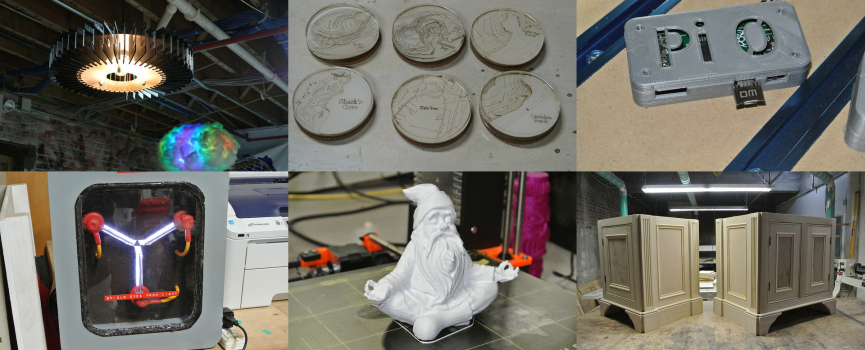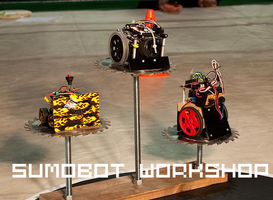Over the summer, member Divinity Rose coached a team of Junior Achievers as they worked to develop their technology based product and startup "Sensor Buddies." Â The team was being paid as part of the Mayor's Summer Works program that employed 4200 youth over the summer. The team of three 17-year-old students from Central High School learned to solder and use many of our resources, including the wood shop, vinyl cutter, and laser cutter.
Their experiences at Lvl 1Â facilitated growth, confidence building, and creative problem solving; it was so inspiring to see each of their individual strengths blossom. You can see their summary of the summer in the video below.
We look forward to seeing what they accomplish this year as senior in the business magnet program at Central High School with their teacher Dana Kelly. Thank you Mayor Fischer for facilitating such a great program.






